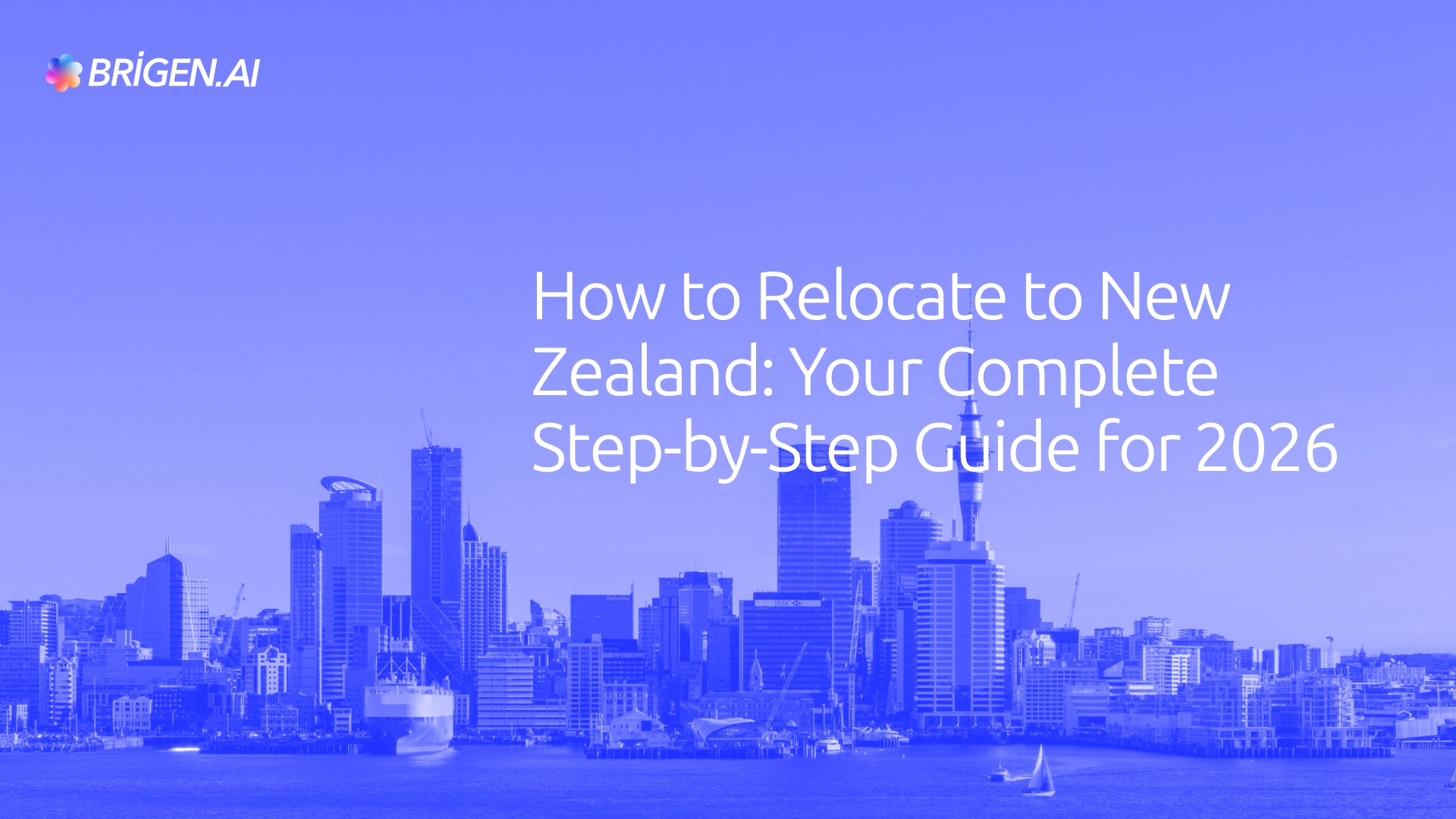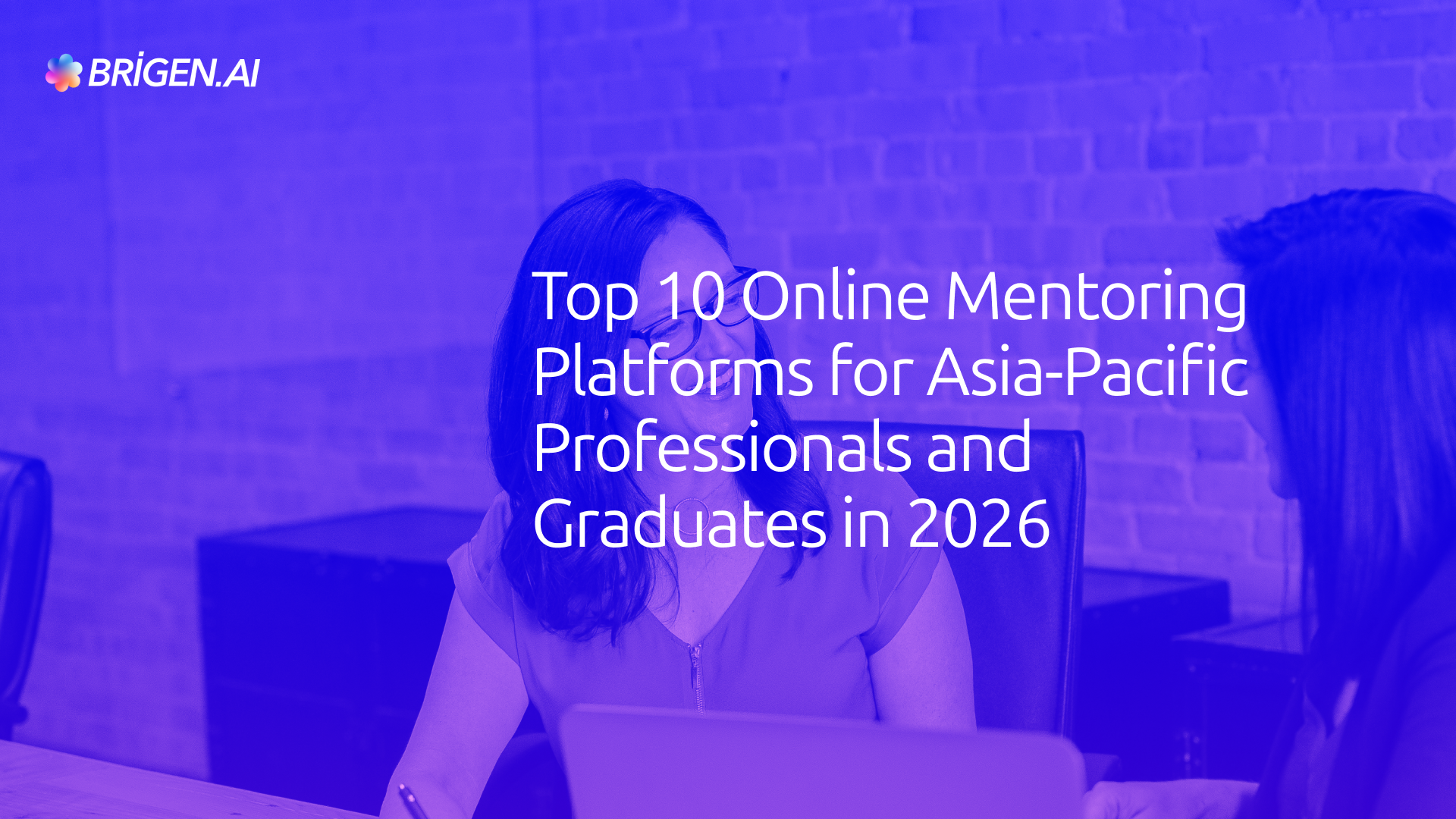How AI is Transforming UX/UI Design Careers: A Guide for Professionals and Graduates in 2025

The integration of artificial intelligence into UX/UI design isn't a distant future scenario—it's reshaping the profession right now. For both established designers and recent graduates, understanding how AI changes the landscape of design work is no longer optional. It's essential for career survival and growth.
This comprehensive guide examines AI's multifaceted impact on UX/UI design careers, explores emerging opportunities, and provides strategic advice for navigating this transformation successfully.
The Fundamental Shift: From Screen-First to AI-First Thinking
The most profound change AI brings isn't about tools—it's about mindset. Traditional UX design begins with visual interfaces and workflows, then considers where technology fits in. AI-driven design reverses this sequence entirely.
Modern designers must now think about what AI capabilities should exist before determining what screens should display. This represents a complete inversion of the design process that dominated the past two decades.
Instead of asking "How do we display this information?", designers must now ask:
- What decisions can AI make more effectively than humans?
- Where can AI reduce cognitive load and complexity for users?
- How can AI personalize experiences without compromising privacy or autonomy?
- What should remain human-controlled versus AI-automated?
This shift demands that designers develop new competencies beyond traditional visual design and user research. Understanding machine learning capabilities, conversational interfaces, predictive algorithms, and ethical AI principles becomes as fundamental as knowing design patterns and typography.
What Remains Constant: Core Human-Centered Design Principles
Despite technological advances, products and services ultimately serve other humans, and many users won't instinctively understand how to interact with AI-powered tools.
Many organizations rush to "implement AI" as a competitive strategy without considering user needs, resulting in AI features scattered across interfaces with no meaningful workflow or value proposition. These implementations often worsen user experiences rather than improving them.
These represent classic UX design problems that persist regardless of technological evolution—the same fundamental issues that designers addressed in the late 1990s and early 2000s, merely with different technological implementations.
The core responsibilities of UX/UI designers remain remarkably stable:
- Understanding user needs, motivations, and pain points
- Creating intuitive information architectures
- Designing for accessibility and inclusion
- Reducing friction in user workflows
- Building trust through transparent interactions
- Testing and iterating based on real user feedback
AI doesn't eliminate these responsibilities—it amplifies their importance while changing how designers execute them.
The Productivity Revolution: AI-Powered Design Tools
The fundamental transformation occurring in design work centers on productivity—tools that once took hours or days to produce deliverables now generate results in minutes or hours.
Contemporary design tools leverage AI to accelerate nearly every aspect of the workflow:
Prototyping and Development tools like Lovable and Bolt generate functional, clickable prototypes in minutes, compared to hours or days of manual coding and design work that previous generations required.
Collaboration Platforms such as Mural and Miro integrate AI features that reduce initial brainstorming time from minutes to seconds, helping teams move from blank pages to structured ideas almost instantaneously.
Research and Analysis tools like Dovetail automate capturing, summarizing, and synthesizing user feedback, transforming what was once a labor-intensive manual process into streamlined intelligence gathering.
Design Systems in Figma and Adobe's Creative Cloud incorporate AI features that maintain consistency, suggest improvements, and automate repetitive tasks across large-scale design projects.
Visual Generation tools can create design variations, generate images, write interface copy, and even suggest complete layout options based on brief descriptions or requirements.
Where designers once waited six to twelve months for real user feedback on their work, today that feedback can arrive within six to twelve hours—a transformation in feedback velocity that fundamentally changes iteration cycles.
This productivity explosion creates both opportunities and challenges. Teams become leaner and more efficient, but the bar for output quality and quantity rises proportionally.
Emerging Skills: What Designers Must Master Now
The AI revolution creates distinct skill categories that determine career trajectory:
AI Literacy means understanding what AI can and cannot do, recognizing appropriate use cases, and communicating effectively about AI capabilities with stakeholders and users. Designers don't need to become data scientists, but they must understand machine learning fundamentals, natural language processing basics, and how training data influences AI behavior.
Prompt Engineering has become surprisingly crucial. Designers who can craft effective prompts for AI tools—whether for image generation, copywriting, or prototype creation—achieve dramatically better results than those treating AI as a black box.
Conversational Design expertise grows increasingly valuable as chatbots, voice interfaces, and AI assistants proliferate. Designing conversation flows, handling errors gracefully, and creating personality-appropriate responses represent specialized skills with growing market demand.
Ethical AI Design involves understanding bias in algorithms, designing for transparency and explainability, respecting user autonomy, and ensuring AI features genuinely serve user needs rather than business metrics alone.
Data Interpretation skills help designers understand analytics, A/B test results, and user behavior patterns that AI tools surface, translating data insights into design decisions rather than blindly accepting algorithmic recommendations.
Systems Thinking becomes more critical as AI makes design work more interconnected. Understanding how individual design decisions ripple through complex systems helps prevent unintended consequences.
Career Opportunities: Where AI Creates Demand
While discussions often focus on job displacement, the reality is more nuanced—92 million jobs may be displaced, but the transformation creates new opportunities for those who adapt strategically.
AI Product Design Specialists focus specifically on designing AI-powered features, interfaces, and experiences. These roles require deep understanding of AI capabilities combined with strong UX fundamentals.
Conversation Design Leads create dialogue flows, personality frameworks, and interaction patterns for chatbots, voice assistants, and conversational AI systems.
Design Operations (DesignOps) Managers orchestrate AI-powered design systems, manage tool stacks, establish workflows, and ensure teams leverage AI productivity tools effectively.
Ethical AI Consultants within design teams audit AI implementations for bias, accessibility issues, and ethical concerns, ensuring responsible AI deployment.
AI Training Specialists help train machine learning models on design patterns, critique AI-generated outputs, and refine algorithms to produce better design suggestions.
Hybrid Roles combining design with technical skills (design engineering, technical UX writing, data-informed design) become increasingly valuable as AI bridges previously separate domains.
The Critical Risk: Homogenization and Loss of Critical Thinking
Generating wireframes, designs, and prototypes in minutes risks designers not truly understanding what makes users successful with one interface over another, potentially reducing human creative input to prompt engineering that produces homogenized solutions rather than innovative designs.
When AI tools generate designs based on "best practices" aggregated from thousands of websites, the risk emerges that every digital product begins resembling every other. Remember when Twitter's Bootstrap caused every website to look identical? AI amplification of this effect could be far more pervasive.
The winning products in the AI age will differentiate themselves by solving real problems for real users in contextually appropriate ways that generic algorithms cannot replicate. This requires:
- Deep user understanding that goes beyond superficial analytics
- Critical evaluation of AI-generated solutions rather than passive acceptance
- Willingness to challenge algorithmic recommendations when they conflict with user needs
- Maintaining creative thinking and innovation despite productivity pressure
- Understanding context and nuance that AI systems miss
Designers must resist the temptation to outsource critical thinking to AI tools, even when those tools promise faster results.
Strategic Career Navigation: Mentorship and Global Opportunities
For designers navigating this transformation—whether established professionals adapting to AI or graduates entering an AI-transformed market—strategic guidance proves invaluable.
Career mentorship provides insights that no amount of online research can replicate. Experienced designers who've successfully integrated AI into their workflows offer practical advice on:
- Which AI tools genuinely improve productivity versus which create busy work
- How to position yourself for AI-adjacent roles
- Navigating job interviews where AI expertise is evaluated
- Building portfolios that demonstrate both AI proficiency and fundamental design excellence
- Understanding which skills to prioritize for maximum career impact
Finding the right career mentor accelerates learning curves, helps avoid common pitfalls, and provides insider perspectives on industry trends that aren't yet visible in public discourse.
International opportunities expand dramatically as remote work normalizes and companies seek design talent globally. However, international relocation—particularly to design hubs in countries like New Zealand, Canada, or European nations—requires navigating complex visa systems.
Migration agents specializing in skilled worker visas for creative professionals can clarify pathways, assess eligibility, and guide applications. For designers considering international careers, understanding visa requirements early prevents wasted time pursuing opportunities that aren't realistically accessible.
AI-Powered Career Matching: Finding the Right Support
Traditional networking and mentor searching can be frustratingly inefficient. Sending cold LinkedIn messages, attending generic networking events, or researching immigration consultants one by one wastes valuable time without guaranteed results.
Brigen.ai addresses this inefficiency through intelligent matching technology. Rather than manually searching for career mentors or migration agents, the platform's AI analyzes your specific situation—your experience level, design specialization, target countries, career goals—and connects you with professionals whose expertise aligns precisely with your needs.
This targeted approach means:
- Relevant connections: Match with mentors who've navigated similar career transitions or work in your specific design niche
- Specialized guidance: Connect with migration agents experienced in creative professional visas for your target countries
- Time efficiency: Skip weeks of research and cold outreach, accelerating your career planning
- Quality over quantity: Focus on meaningful conversations with highly relevant professionals rather than superficial networking
For designers navigating AI's impact on careers while simultaneously exploring international opportunities, this dual support—career guidance plus immigration expertise—proves particularly valuable.
Practical Steps: Thriving in the AI-Transformed Design Landscape
Embrace AI Tools Strategically: Experiment with AI-powered design tools, but maintain critical evaluation. Ask yourself whether AI suggestions truly serve users better or simply produce output faster.
Deepen Human Understanding: Invest more time in user research, empathy building, and contextual understanding—the areas where AI cannot replace human insight.
Build Your AI Portfolio: Include case studies demonstrating how you've leveraged AI tools while maintaining design excellence. Show both productivity gains and thoughtful decision-making.
Develop Adjacent Skills: Learn basics of Python, understand how APIs work, or explore data analysis—technical fluency creates career flexibility.
Network Internationally: AI enables remote collaboration, making international design opportunities more accessible. Explore markets beyond your current location.
Seek Experienced Guidance: Connect with mentors who've successfully navigated AI integration, and if considering international opportunities, consult with migration specialists early in your planning process.
Stay Ethically Grounded: As AI becomes more powerful, designers serve as crucial advocates for users. Prioritize ethical considerations even when they conflict with efficiency or business metrics.
The Future Belongs to Adaptive Designers
The future of UX design in 2025, though challenging, is rich with opportunities for those willing to adapt and innovate, demanding a fundamental shift in approach and mindset.
AI won't replace UX/UI designers—but designers who leverage AI will replace those who don't. The profession isn't disappearing; it's evolving into something more powerful, more impactful, and more essential than ever.
The designers who thrive will be those who:
- Master AI tools while maintaining design fundamentals
- Develop critical thinking that questions algorithmic outputs
- Prioritize deep user understanding over superficial efficiency
- Build careers strategically with guidance from experienced mentors
- Remain ethically grounded as AI capabilities expand
Whether you're a graduate entering this transformed landscape or an established professional adapting to new realities, the path forward requires continuous learning, strategic positioning, and willingness to embrace change while maintaining core design principles.
The revolution is here. The question isn't whether to participate—it's how to lead it.
Ready to navigate your AI-transformed design career strategically? Connect with experienced career mentors who understand how AI is reshaping design work, or consult with migration agents if you're exploring international opportunities. Visit Brigen.ai to leverage AI-powered matching that connects you with the precise expertise you need for your unique career situation.





